
We have previously introduced "Shoki-san" as a demon repellent on the roof. In Kyoto, where there are many temples, Shoki-san placed on the roofs of houses are used to prevent evil demons that have bounced off the demon tiles from entering the house.
[related-article field="related1″].
In addition to onigawara (devil's tiles) and machiya stalwarts, if you take the time to look at the roofs while walking around town,The existence of objects in the corners of the roofs of temples and shrines that ward off evilI notice that there is a
This isA tile that covers the edge of the gable end of a gable roof where the tiles meet.It is said to have been developed as a decoration. The roof tiles are used to prevent rainwater intrusion and typhoons from blowing away the roof tiles at the tips, and they have also been developed as decoration.
There is one more thing about the tome cover tile that combines practicality and appearance,Items to ward off evil spirits, which, together with onigawara (devil's tiles), stare down "demons" on the roof.The company was given an important role as a
The most common of these is the design of the tome cover tile,Peach."There is a Since ancient times, peaches have been a symbol of the Peach Garden in China, and have been prized as a "fairy fruit," a fruit that dispels illness and evil spirits and grants the power of longevity. In Japan, too, from early times,Peaches have a strong spiritual power to ward off evil.In the Kojiki, Izanagi goes to the land of Hades in search of his wife. In the Kojiki (Records of Ancient Matters), Izanagi went to Hades in search of his wife, but was pursued by his pursuers when he saw his wife, Izanami, who had been disfigured and transformed. He threw three peaches that were growing in the area and drove his pursuers away, allowing him to escape unharmed. In the old tale "Momotaro," the main character who exterminates ogres is named after "Momo" (peach).
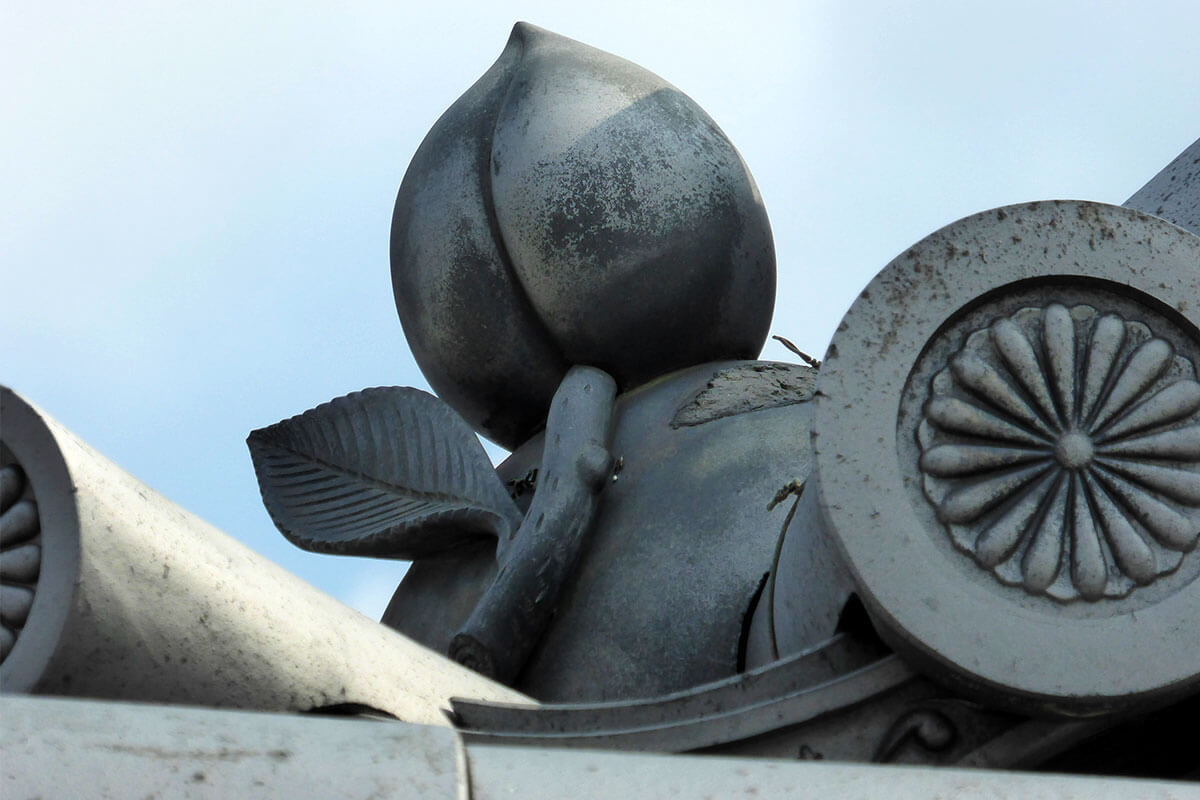
Peach, said to be the strongest fruit to ward off bad luck
In Kyoto, the place where you can find a variety of tomekawara tiles is probably the head temple of a temple that has many pagodas. One of my favorite temples in Kyoto is Myoshinji Temple, where I often take walks. The temple grounds are a great place to find a variety of tomekabutai tiles.
The most visible is the lion.The lions are always in the precincts of the shrine to ward off evil spirits.. Many of them were decorated with chrysanthemums and lotus flowers. In "Chou-you-no-Sekku,"We admire chrysanthemums and drink chrysanthemum wine to pray for good health and long life, and lotus is also a flower with spiritual powerThe first is.
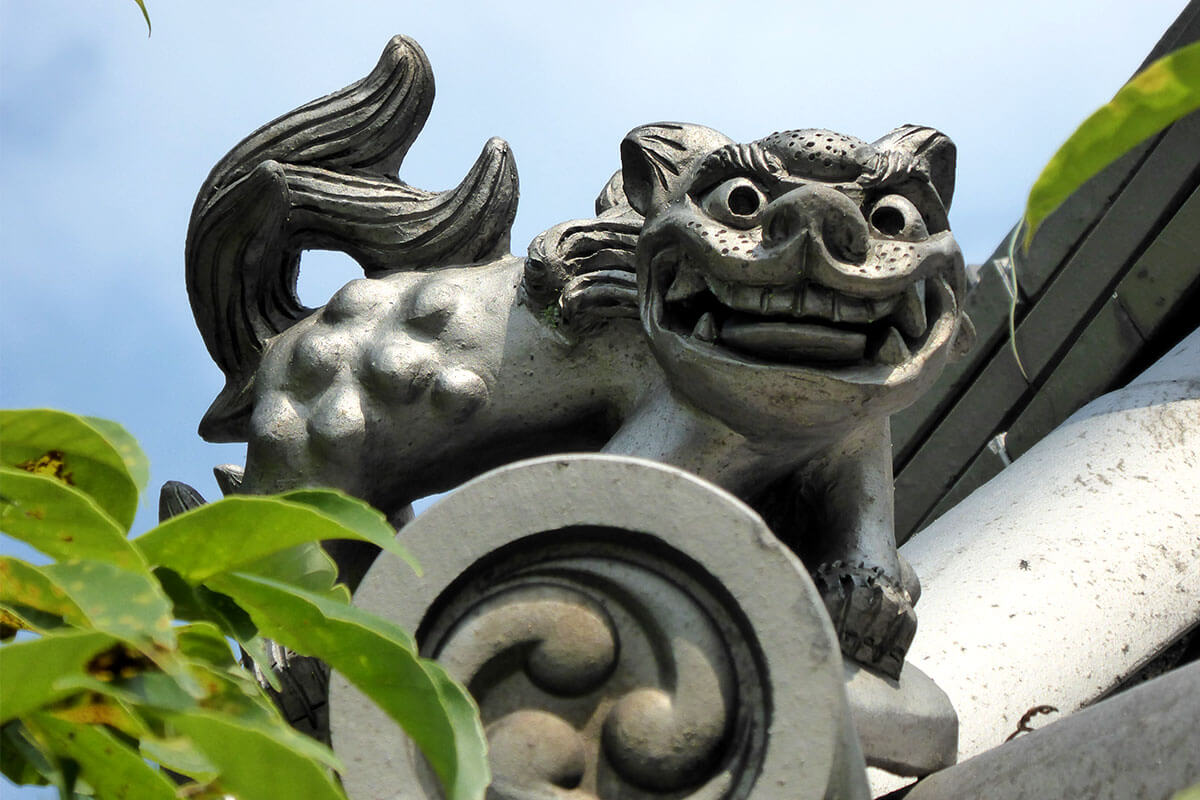
Charming lion tome cover tile
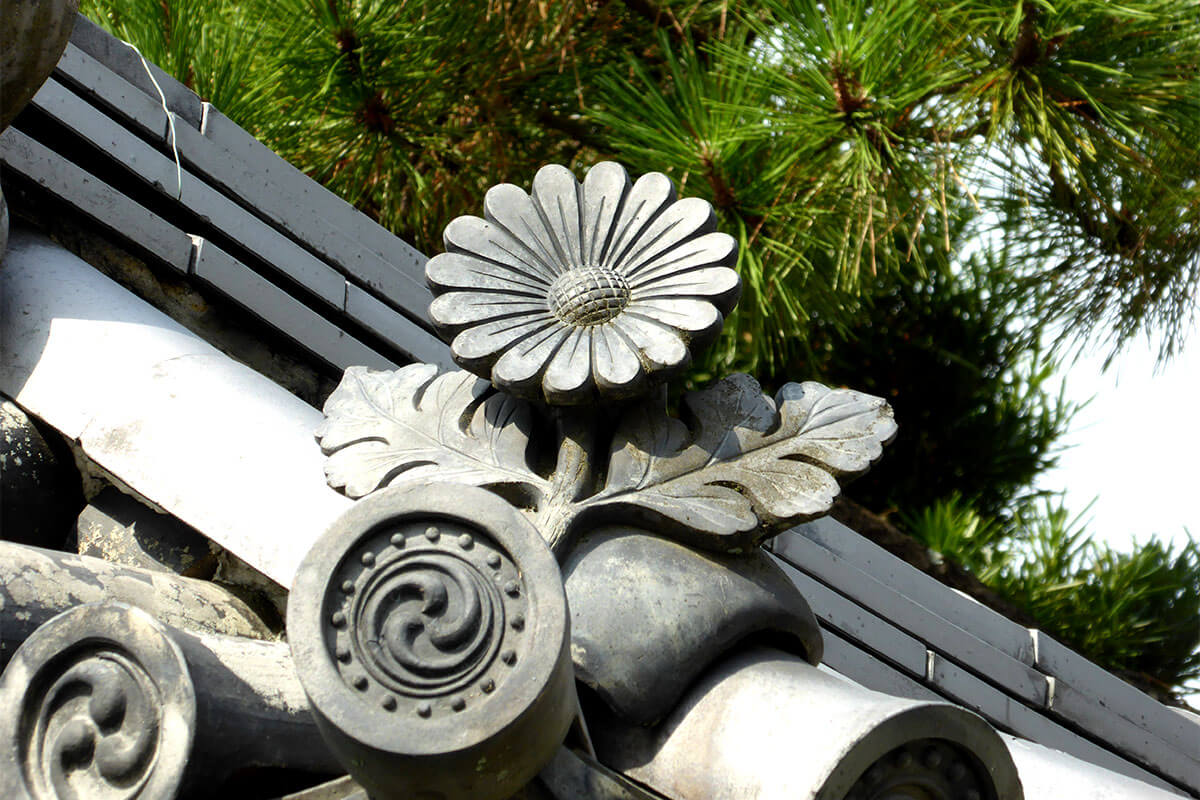
Tome cover tile believed to be a chrysanthemum flower
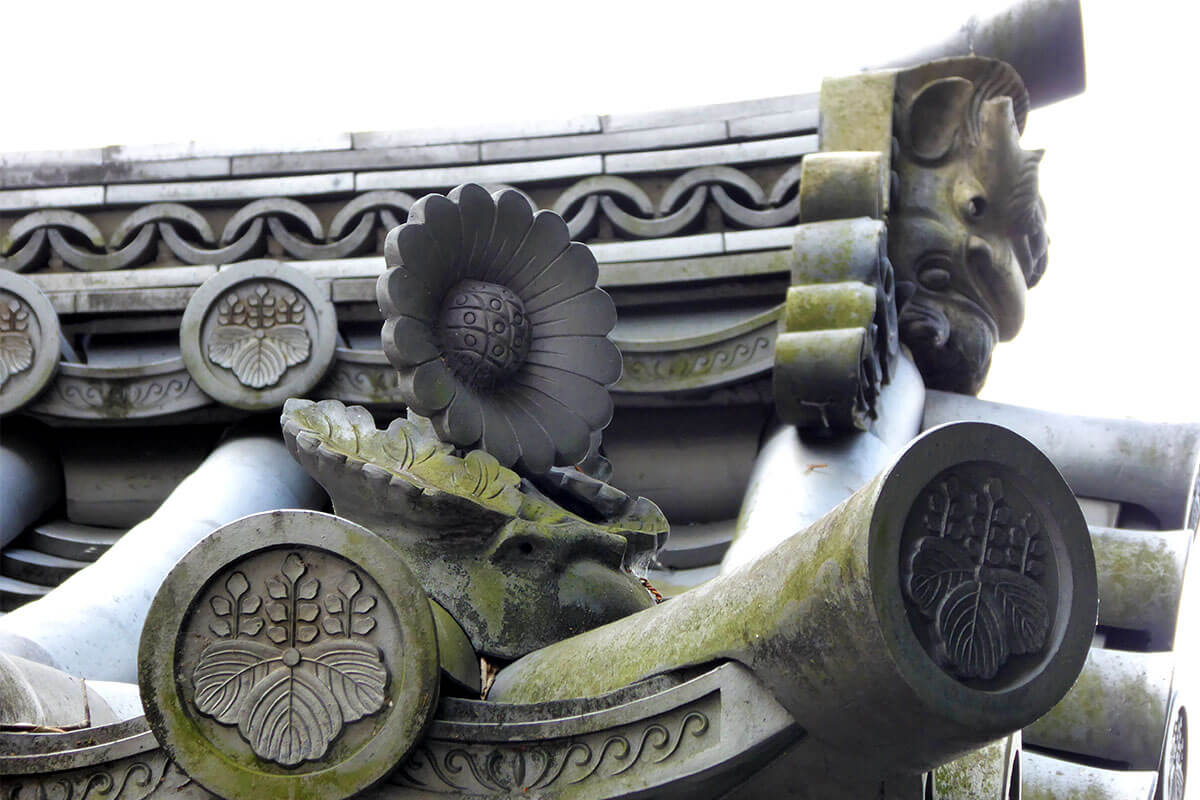
On the right is a devil's tile, and to its left is a lotus flower?
The last thing I encountered while strolling through the temple grounds was a dragon.The dragon is the god of water and a divine beast.It is well known that theIt protects the building from fire.This must be the wish of the people.
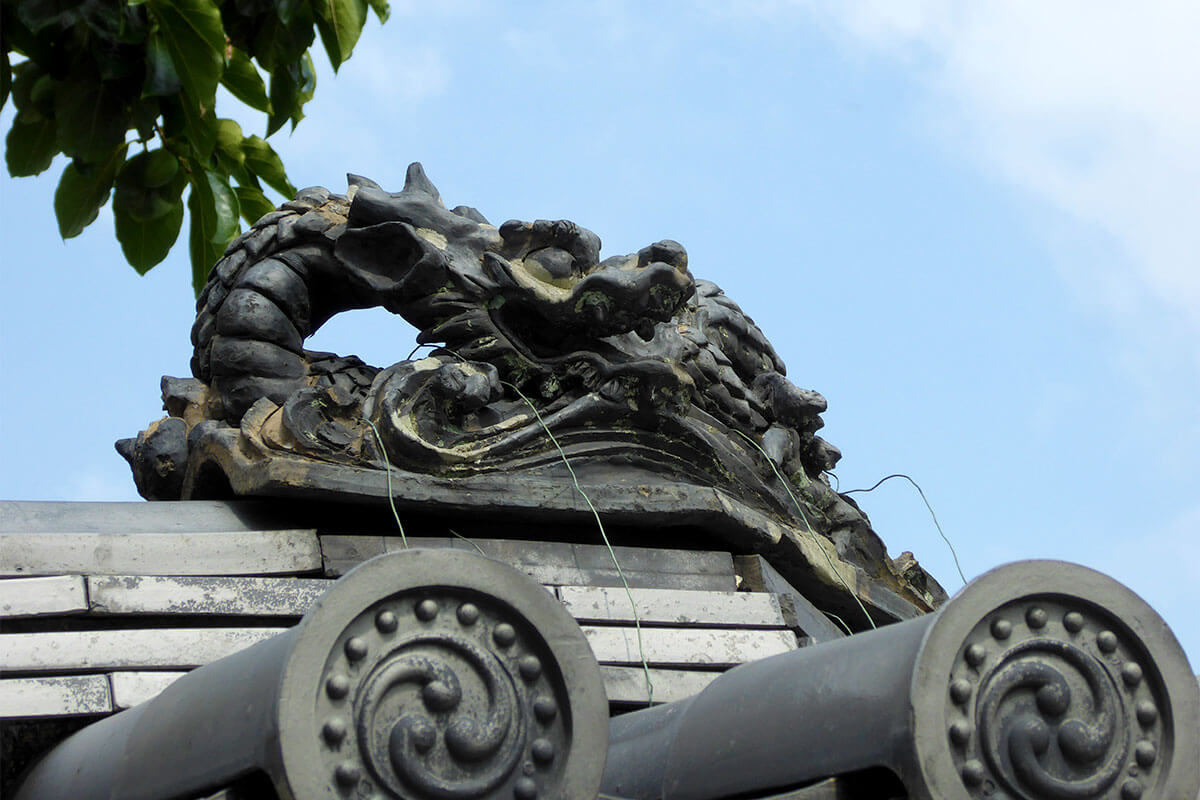
I came across a rather unusual dragon!
Looking at it again,Temples and shrines are protected by multiple layers of items that ward off evil spirits and have spiritual powers.I can see that. I always feel refreshed when I walk in the precincts of the temple,Their secretive presence is also a part of what they are looking out for us!I guess.
During the hot, humid, and dreary rainy season, evil spirits enter the body and can easily damage it. A temple on a rainy day is also a tasteful place to visit. Why not visit a temple to drive away evil spirits?

Amulet to prevent evil spirits from entering the sacred area
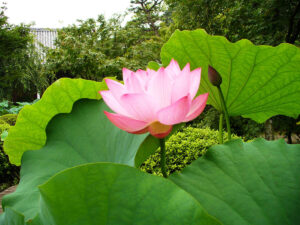
The lotus comes from the mire, not the mire itself
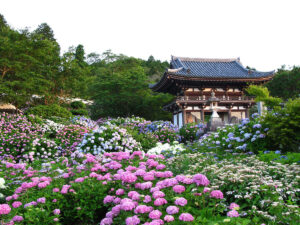
For the rainy season!

A good combination of Japanese and Western sweets!
Tradition that exists everywhere in the city of Kyoto. It is not just a picture, it is secretly alive in this modern age and continues to coexist with people. The two of Office TO, who previously wrote a series of articles "Kyoto's Demon World Exploration" in the monthly magazine Leaf, explore the mysterious "different" world of Kyoto, which was created over 1200 years. I will unravel the story while actually visiting the place. .
 News
News Feature article
Feature article Featured event
Featured event